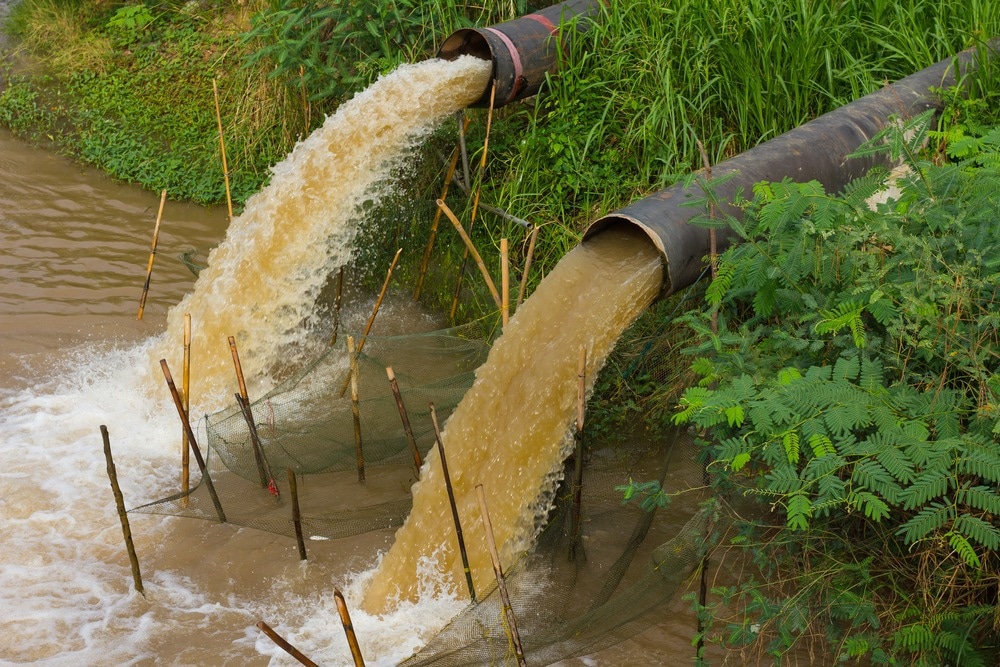The 2023 Nobel Prize in Chemistry was awarded to quantum dots—objects so small that they are governed by the odd and intricate principles of quantum physics. Many quantum dots used in electronics are comprised of toxic materials, but nontoxic counterparts are being created and tested for use in medicine and the environment.

Image Credit: Kaentian Street/Shutterstock.com
One group of researchers is working on carbon- and sulfur-based quantum dots, which will be used to generate safer invisible inks and assist in decontaminating water supplies.
The researchers revealed their findings on March 20th, 2024, at the American Chemical Society’s (ACS) spring meeting.
Quantum dots are artificial nanometer-scale semiconductor crystals that produce light. They are utilized in a variety of applications, including solar cells and electronic displays.
Many conventional quantum dots are toxic because they are derived from heavy metals. So, we're working on nonmetallic quantum dots because they are environmentally friendly and can be used in biological applications.
Md Palashuddin Sk, Assistant Professor, Chemistry, Aligarh Muslim University
Quantum dots are very small, often measuring tens of atoms in diameter. Since they are so small, their characteristics are regulated by quantum effects, which causes them to behave differently than larger objects. They radiate light in unexpected ways; for example, gold appears blue on this scale.
Nonmetallic quantum dots provide the same effect and have been investigated by other researchers as a bioimaging tool. Palashuddin has concentrated on developing carbon- and sulfur-based quantum dots (Cdots and Sdots, respectively) for a wide range of additional applications.
“Carbon and sulfur are very abundant, cost-effective materials, and they can easily be synthesized into quantum dots. You can make carbon dots from waste materials, and then use them for removing pollutants—they are a way to make the process come full circle,” Palashuddin added.
Even though \ Cdots and Sdots are relatively new discoveries, Palashuddin has already used them in a range of applications. Despite their small size, the dots have a huge surface area that can be functionalized to suit a variety of applications.
In the past, the group created dots that changed color based on the pollutants they came across. This meant that without causing any more metals to leach from the dots themselves, they might help in identifying contaminants—such as lead, cobalt, and chromium—in a water sample.
Cdots can assist in the breakdown of pollutants like pesticides and dyes in water in addition to recognizing them. In one project, Palashuddin worked with Amaresh Kumar Sahoo, an assistant professor at the Indian Institute of Information Technology specializing in nanobiotechnology, to form Cdots from potato peels. They then mounted the Cdots on small robots that were made to target and degrade toxic dyes in samples that simulated contaminated water.
In addition to identifying and degrading pollutants, the team has devised techniques to eliminate them from water. They have created specifically engineered Cdots to absorb automotive oil and are now working on a Cdot-based filter system to treat oil spills.
The researchers plan to apply their laboratory findings in the field, maybe with a study focusing on the Yamuna River. This river passes straight through New Delhi and is notoriously polluted, particularly in densely populated regions.
Palashuddin aims to utilize his team's nonmetallic dots to detect and segregate numerous contaminants in the river, such as pesticides, surfactants, metal ions, antibiotics, and dyes. Ideally, the dots will be functionalized to gather as many of the various pollutants on their surfaces as possible, allowing them to be readily removed.
However, the potential applications for nonmetallic dots extend beyond water treatment. Palashuddin and colleagues are presently studying applications that are more similar to traditional, metal-based dots but without the toxicity issues.
For example, some of the team’s light-emitting quantum dots could be used in invisible inks to prevent counterfeiting or incorporated into light-emitting devices such as television displays.
The team expects that their findings will help widen the applications of nonmetallic quantum dots and put their unique features to use in the environment.
How tiny, non-metallic quantum dots could help achieve a sustainable society
Video Credit: American Chemical Society